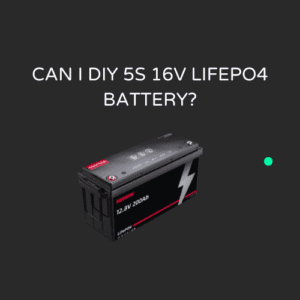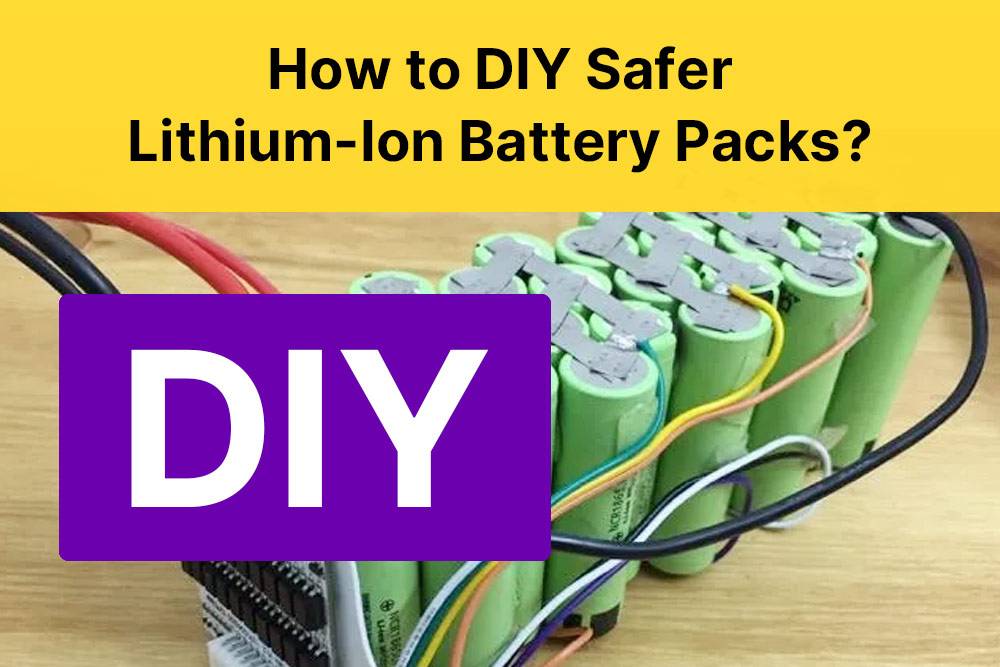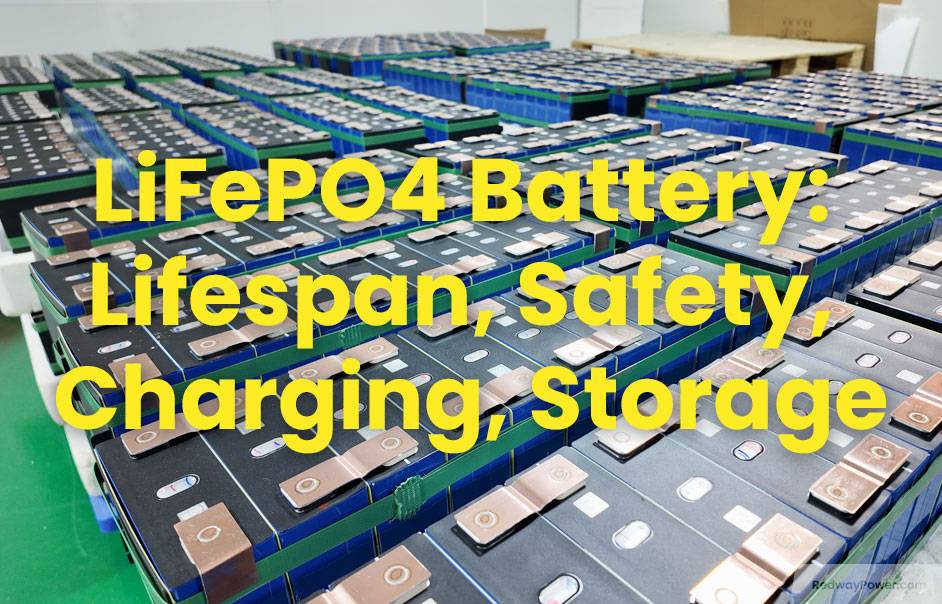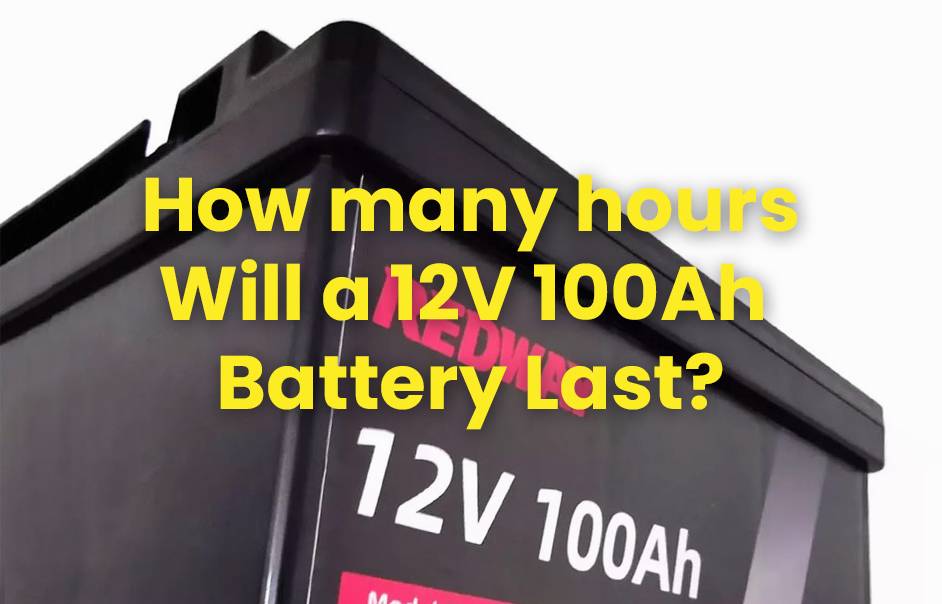Building a DIY 5S 16V LiFePO4 battery involves combining the right number of LiFePO4 cells to achieve the desired voltage. It requires knowledge of battery assembly, balancing, and safety precautions to ensure optimal performance.

- Cell Combination: Combine the appropriate number of LiFePO4 cells in series and parallel to achieve a 5S 16V configuration.
- Battery Assembly: Properly assemble the cells, ensuring secure connections and following safety guidelines.
- Balancing and Safety: Implement balancing techniques to equalize cell voltages and prioritize safety measures during the DIY battery building process.
By understanding the cell combination, battery assembly, and safety considerations, you can successfully build a DIY 5S 16V LiFePO4 battery for your specific needs.
Table of Contents
ToggleHow to make LiFePO4?
To make a LiFePO4 battery pack, you can connect the LiFePO4 cells together using nickel strips or thick wire. The process involves assembling the cells, connecting them, and wiring in a battery management system (BMS) for monitoring and protection.
- Cell Connection: To make a LiFePO4 battery pack, you would connect the LiFePO4 cells together using nickel strips or thick wire.
- Assembly and Wiring: The process involves assembling the cells, connecting them to form the desired pack configuration, and wiring in a battery management system (BMS) for monitoring and protection.
- DIY Battery Projects: Making a LiFePO4 battery pack allows for customization and flexibility in DIY battery projects.
By following the assembly and wiring process, you can create your own LiFePO4 battery pack for various DIY battery projects and applications.
Can I use LiFePO4 without BMS?
Yes, LiFePO4 batteries can be used without a BMS if users monitor and test the batteries regularly, take necessary safety precautions, and carefully maintain the batteries. However, using a BMS provides additional safety features and helps prevent potential issues.
- Monitoring and Testing: Some users choose to use LiFePO4 batteries without a BMS by monitoring and testing the batteries regularly.
- “Safety Precautions: It is important to take necessary safety precautions when using LiFePO4 batteries without a BMS to ensure safe operation.
- “Benefits of BMS: Using a BMS provides additional safety features and helps prevent overcharging, overdischarging, and other potential issues.
By carefully considering the use of LiFePO4 batteries without a BMS and taking necessary safety precautions, users can ensure the safe and efficient operation of their batteries.
What is the best float voltage for LiFePO4?

The best float voltage for LiFePO4 batteries is typically between 13.2V and 13.8V. This range is recommended by battery manufacturers and experts in the field for optimal battery performance.”
- Float Voltage Range: The best float voltage for LiFePO4 batteries typically falls between 13.2V and 13.8V.
- Battery Manufacturer Recommendations: This range is recommended by battery manufacturers and experts in the field for optimal battery performance.
- Optimal Charging and Maintenance: Following the recommended float voltage range helps ensure the longevity and efficient operation of LiFePO4 batteries.
By adhering to the recommended float voltage range, you can ensure the optimal charging and maintenance of your LiFePO4 batteries.
Can I make lithium battery at home?
No, it is not advisable to make a lithium battery at home due to the potential dangers and risks involved, such as thermal runaway and fire hazards. It is recommended to seek professional guidance and avoid attempting DIY lithium battery projects without proper knowledge and safety precautions.
- Potential Hazards: Building a lithium battery at home can pose various dangers, including thermal runaway and fire risks.
- Safety Concerns: Without proper knowledge, experience, and safety precautions, DIY lithium battery projects can be risky and potentially hazardous.
- Professional Guidance: It is recommended to seek professional guidance and avoid attempting DIY lithium battery projects without the necessary expertise and safety measures.
Prioritizing safety and seeking professional guidance when it comes to lithium battery production is essential to prevent potential hazards and ensure personal safety.
How to make your own battery?
To make your own battery at home, you can use two different types of metal, some copper wires, and a conductive material like saltwater, a lemon, or even dirt. By following specific steps, you can create a simple homemade battery that can power small devices like LED light bulbs.
- Materials Needed: To make your own battery, you will need two different types of metal, such as copper and zinc, along with copper wires and a conductive material like saltwater or a lemon.
- Step-by-Step Process: By following specific steps, you can assemble the materials and create a simple homemade battery.
- Powering Small Devices: The homemade battery can be used to power small devices like LED light bulbs, providing a hands-on demonstration of basic battery principles.
By exploring the process of making your own battery, you can gain a deeper understanding of how batteries work and enjoy the satisfaction of creating a functional power source.
Is it cheaper to make your own battery?
Yes, it’s cheaper to build your own battery pack. By shopping for your tools and supplies wisely, you can build a single battery pack for cheaper than it cost to buy one pre-made. This, of course, can vary from situation to situation.
- Cost Comparison: Building your own battery pack is generally cheaper than buying a pre-made one.
- Savings through Wise Shopping: By carefully selecting tools and supplies and shopping wisely, you can save costs and build a battery pack for less than the price of a pre-made one.
- Variable Cost Factors: The actual cost savings may vary depending on the specific situation and the availability of resources.
By considering the cost advantages and shopping wisely, building your own battery pack can be a more affordable option for those looking to save costs and engage in a DIY project.
Can I install a battery myself?
Yes, it is possible to install a battery yourself, such as a car battery. Changing a car battery is something that most people will be able to do themselves. The process involves disconnecting the old battery, removing it from the vehicle, and installing the new battery.
- DIY Battery Installation: Installing a battery yourself, such as a car battery, is a task that most people can accomplish.
- Straightforward Process: The installation process generally involves disconnecting the old battery, removing it from the vehicle, and installing the new battery.
- Basic Vehicle Maintenance: Being able to install a battery yourself allows for self-reliance and can save on service costs for simple battery replacements.
By following the steps and using basic tools, individuals can successfully install a battery themselves, contributing to their own vehicle maintenance and empowerment.
Post Views: 237









